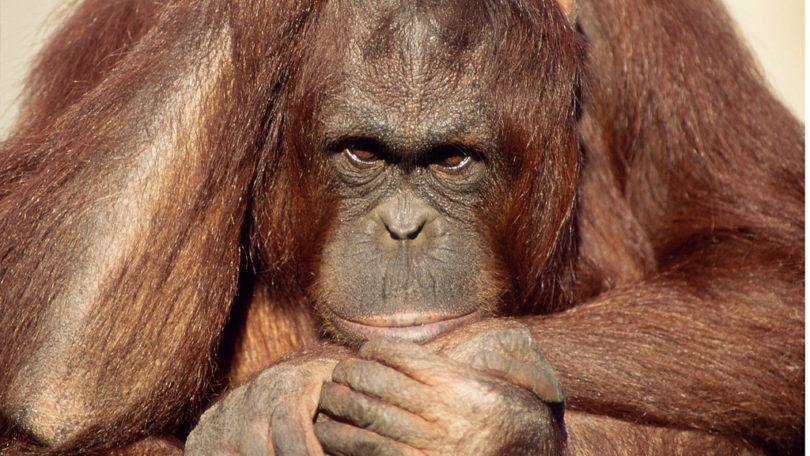You’ll be surprised and delighted to learn that gorillas like to curse, bonobos have runny noses, and both animals share the same blood types as humans.
Do you consider yourself to be an expert on giant apes? That is what I also believed. After taking a tour of the beautiful new ape residence at Stuttgart’s Wilhelma zoo and cultural park, I later learned that these intriguing animals still had a lot to say.
1. The same blood types
Humans and great apes have the blood types A, B, AB, and O. These kinds, humans and all Old World primates share, evolved more than 20 million years ago. These blood types are present in even some smaller apes, such as Gibbons. Additionally, the Rhesus factor does not just apply to people.
So long as they share the same blood type, chimpanzees and gorillas could theoretically donate blood to humans and vice versa. The most critical factors in determining the success or failure of a blood transfusion are the Rhesus factor and ABO variations.
Since apes and humans are two separate species, blood donations are rare in reality. Too many aspects of their blood differences still need to be examined.
2. Bonobos have runny noses
These gentle, slender giant apes are susceptible to the common cold. They constantly sneeze, and cough, says one of their keepers. As a result, as the weather becomes chilly, the bonobos at the Wilhelma Zoo are prohibited from being outside. Additionally, great apes are readily infected by the flu or a cold from humans.
3. Why great apes can’t speak
Gorillas, chimpanzees, and orangutans all have human-like speech in the film “Planet of the Apes.” In actuality, they cannot speak because of a higher larynx or voice box, which results in a smaller resonating chamber due to insufficient room between the soft palate and the larynx—human babies who have not yet learned to talk experience the same thing. In addition, it is challenging to coordinate the larynx muscles and vocal cords because they cannot move as freely.
4. The ability to communicate
Brain scans of giant apes reveal a form of early speech center. They may be able to understand human sign language because of this. Some apes have a sign language repertoire of over a thousand. Although they can’t construct complicated sentences, they can produce new words. A female gorilla once described a zebra as a white animal with stripes by combining the signals for white and tiger.
5. TV is popular among great apes.
US primate expert Amy Parish researches the responses of bonobos to television movies at the Wilhelma Zoo. On a big screen mounted on a wall in their compound, the apes are permitted to watch movies for an hour each day. According to the keeper, they like this (mainly): “They enjoyed it when we showed them a video from our zoo!” She continues, “They’re interested in other creatures.” When the zoo veterinarian appears on the TV show, they find it intolerable. “The bonobos go crazy; they scream and swing their fists.”
6. Great apes were used as sexual slaves
The similarity of big apes to humans is harmful to animals. They are occasionally treated like prostitutes in problematic brothels and subjected to sexual assault and restraints. Many female orangutans lead depressing lives.
There has been debate among scientists regarding Pan and Homo for a very long time. Since humans, chimpanzees, and bonobos are all so similar, many people believe that just one species—Pan or Homo—should exist. You can suppose that’s a horrible notion in other people’s eyes. Therefore, the species’ separation is still in effect for the time being.

